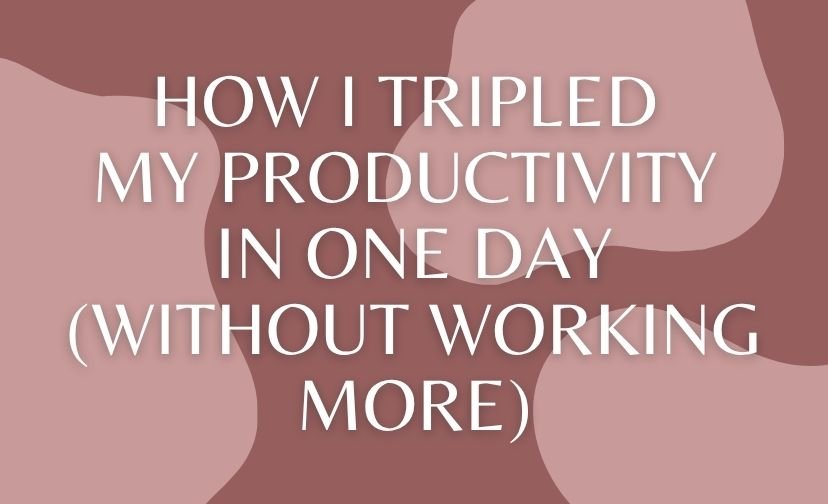Ever wonder how CEOs juggle countless responsibilities while still having time to spare? It’s not magic; it’s methodical planning. Imagine navigating your workweek with the precision of a seasoned CEO, achieving more in less time and with less stress.
This blog post will delve into the secrets of CEO time management, offering you a blueprint to plan your workweek effectively. Get ready to uncover productivity tips that could transform your daily grind into a symphony of efficiency and balance.
Understanding the CEO Mindset for Effective Planning
At the heart of every successful CEO is a mindset geared toward meticulous planning and strategic foresight. This isn’t just about jotting down tasks but crafting a roadmap that leads to success.
The ability to plan your workweek precisely separates those who merely survive from those who thrive. Understanding this mindset is crucial to adopting similar strategies in your own professional life.

The Importance of Planning Your Workweek
Planning your workweek isn’t just about filling up your calendar; it’s about setting the stage for success. You align your daily activities with your long-term goals by having a clear vision of your week.
This alignment not only boosts productivity but also enhances your work-life balance. CEOs know that effective planning minimizes stress and maximizes results, allowing them to focus on what truly matters.
Start each week by reviewing your goals. This will help you identify priorities and allocate time effectively. Keeping the bigger picture in mind ensures that your weekly plans contribute to your overall success. Remember, a well-planned week sets the foundation for a successful month.
Key Traits of Successful CEOs and Their Planning Strategies
Successful CEOs share certain traits that empower them to plan effectively. They are decisive, strategic, and adaptable. These leaders utilize various planning strategies, such as time blocking and prioritization, to enhance their productivity.
For instance, they often break down large projects into manageable tasks, ensuring steady progress without feeling overwhelmed.
One strategy is the use of digital tools to streamline their planning process. Apps and software provide CEOs with real-time updates, helping them make informed decisions quickly.
Another common trait is their ability to delegate tasks efficiently, which frees up their time and empowers their teams to contribute meaningfully. Embracing these traits can significantly enhance how you plan your workweek.
Crafting Your Ideal Workweek Schedule
Creating an ideal workweek schedule is akin to painting a masterpiece. It requires vision, skill, and a touch of flexibility. The goal is to design a schedule that aligns with your personal and professional objectives while allowing room for unexpected challenges.
By incorporating CEO planning strategies, you can craft a productive and balanced workweek.

Identifying Priorities: What Truly Matters?
Identifying priorities is the cornerstone of effective planning. Start by determining what tasks and projects align with your core objectives. This involves distinguishing between urgent and essential tasks, a skill that successful CEOs have mastered.
Focusing on what truly matters ensures that your efforts are directed toward meaningful outcomes.
Consider creating a priority matrix to visualize your tasks. This tool helps categorize tasks based on urgency and importance, providing clarity and direction. Remember, prioritization isn’t just about doing more; it’s about doing what counts.
Time Blocking: A Powerful Tool for CEOs
Time blocking is a powerful technique used by CEOs to maximize productivity. You create a structured yet flexible schedule by allocating specific time slots for different activities.
This method reduces distractions and enhances focus, allowing you to accomplish more in less time. For instance, dedicate certain hours for meetings, deep work, and breaks to maintain a balanced workflow.
Implementing time blocking involves analyzing your daily routine and identifying peak productivity periods. Use this insight to schedule demanding tasks during your most productive hours. Over time, this approach cultivates a disciplined work ethic that mirrors the efficiency of top CEOs.
| Time Block | Activity |
|---|---|
| 8:00 AM – 10:00 AM | Deep Work/Creative Tasks |
| 10:30 AM – 12:00 PM | Meetings/Collaborations |
| 1:00 PM – 3:00 PM | Project Work |
| 3:30 PM – 5:00 PM | Administrative Tasks |
Incorporating Flexibility for Work-Life Balance
While structure is essential, flexibility is equally important. CEOs understand the value of adapting to changes without losing sight of their goals. Incorporating flexibility into your schedule allows you to handle unforeseen events gracefully.
This adaptability is crucial for maintaining a healthy work-life balance, preventing burnout, and promoting overall well-being.
Allocate buffer times in your schedule. These short breaks allow you to address unexpected issues without derailing your day. By building in flexibility, you create a resilient schedule that can adapt to the ebb and flow of life’s demands. This balance is key to sustained productivity and satisfaction.

Productivity Tips from Top CEOs
Learning from the best can provide invaluable insights into enhancing your productivity. Top CEOs employ various techniques to ensure they stay ahead of the game. From cutting-edge tools to strategic delegation, these leaders have honed their skills perfectly. Let’s explore some of their tried-and-true methods.
Maximizing Efficiency: Tools and Techniques
Efficiency is the name of the game in terms of CEO time management. Many CEOs rely on digital tools to streamline their workflows.
Applications like Trello, Asana, and Slack facilitate communication, task management, and collaboration. These tools enhance efficiency and provide a centralized platform for team coordination.
Additionally, techniques such as the Pomodoro Technique, which involves working in focused intervals with regular breaks, can boost concentration and prevent fatigue. Combining these tools and techniques allows you to optimize your workweek for maximum productivity.
Delegation: Empowering Your Team to Succeed
Delegation is a hallmark of effective leadership. CEOs understand they can’t do everything themselves, so they empower their teams by delegating tasks. This frees up their time and fosters a sense of ownership among team members.
You create a collaborative environment where everyone thrives by trusting your team with responsibilities.
When delegating, it’s essential to communicate clearly and provide the necessary resources. Set expectations and offer guidance to ensure successful task completion. Remember, effective delegation is about empowering others, not micromanaging them.
Setting Realistic Goals and Expectations
Realistic goal setting is essential for maintaining motivation and achieving success. CEOs are adept at setting achievable targets that challenge their teams without overwhelming them. By establishing clear expectations, you create a roadmap that guides your actions and measures progress.
Break down larger goals into smaller, manageable tasks. This approach makes goals seem less daunting and provides a sense of accomplishment as each task is completed. Regularly review and adjust your goals to reflect changing circumstances and priorities.

Real-Life Examples: CEOs Who Plan Like Pros
Examining real-life examples can provide valuable lessons in effective planning. By studying the habits and routines of successful CEOs, you can glean insights that apply to your professional journey. These case studies illustrate the power of strategic planning and its impact on achieving greatness.
Case Study: A Week in the Life of a Successful CEO
Consider the workweek of a renowned CEO who meticulously plans every aspect of their schedule. Their day is a blend of productivity and balance, from early morning workouts to strategic meetings.
They remain at the forefront of their industry by allocating time for reflection and innovation. This structured approach ensures they meet their objectives while maintaining a healthy work-life balance.
By observing how this CEO integrates personal and professional commitments, you can draw inspiration for your planning. Their ability to balance competing demands serves as a testament to the effectiveness of strategic scheduling.

Lessons Learned from CEO Planning Failures
Not all planning endeavors are successful, and even CEOs encounter setbacks. Learning from their failures is just as crucial as emulating their successes.
Common pitfalls include over-scheduling, lack of flexibility, and failure to delegate. These missteps offer valuable lessons in what not to do when planning your workweek.
You can proactively address these challenges in your planning process by recognizing them. Failure is a stepping stone to success, and learning from others’ experiences can guide you towards more effective planning.
Taking Action: Your Turn to Plan Like a CEO
Now that you’ve gained insights into the strategies and mindsets of successful CEOs, it’s time to take action. Planning like a CEO involves more than just organizing tasks; it’s about proactively managing your time and resources.
Let’s explore how you can create a personalized workweek blueprint that aligns with your goals.
Creating Your Personalized Workweek Blueprint
Begin by assessing your current planning practices and identifying areas for improvement. Reflect on your priorities and allocate time accordingly. Incorporate the strategies discussed, such as time blocking and delegation, to enhance productivity.
Tailor your schedule to fit your unique needs and circumstances, ensuring it supports your personal and professional aspirations.
Regularly review and adjust your workweek blueprint. This ensures it remains relevant and practical. You maintain a dynamic schedule that evolves with your goals by staying adaptable and open to change. Remember, the key to successful planning is continuous refinement.

Final Thoughts: Embrace the CEO Approach to Your Week
Embracing the CEO approach to planning your workweek can transform your productivity and overall satisfaction. By adopting a strategic mindset and implementing proven techniques, you set the stage for success.
Remember, effective planning is a journey, not a destination. Continuously refine your strategies and stay committed to your goals. With determination and discipline, you can master your week and achieve more than you ever thought possible.





